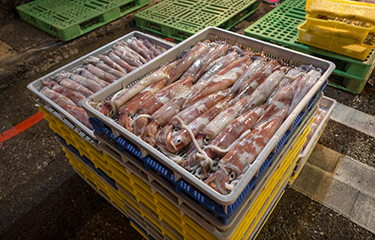Ten percent of China’s seafood is spoiled during transit from producer to consumer, according to new research by a Chinese business consultancy.
Spoilage rates at 10 percent is higher than the equivalent rate for meat – eight percent – but lower than the figure for vegetables, at 20 percent, according to the research by Shenzhen-based Qian Zhan Industry Research Institute.
This compares with what Qian Zhan (which also uses the English name Forward Strategy Consultants) claims as an average spoilage rate in “developed economies” of five percent.
Only 30 percent of China’s overall seafood consumption is transported in the cold-chain, compared to 95 percent in the E.U. and U.S., according to leading local cold chain logistics specialist Shunfeng, which ships imported seafood for the country’s online retailers.
The advent of online commerce and modern retailers like Hema Fresh, which combines traditional stores with online sales, has increased the importance of cold chains in the seafood sector, while municipal governments across the country have been keen to shutter traditional wet markets for the higher tax take from purpose-built markets with cold chain facilities typically constructed by real estate developers. One such redevelopment is currently underway in Xiamen, the coastal city in southeast China.
Photo courtesy of N8Allen/Shutterstock







